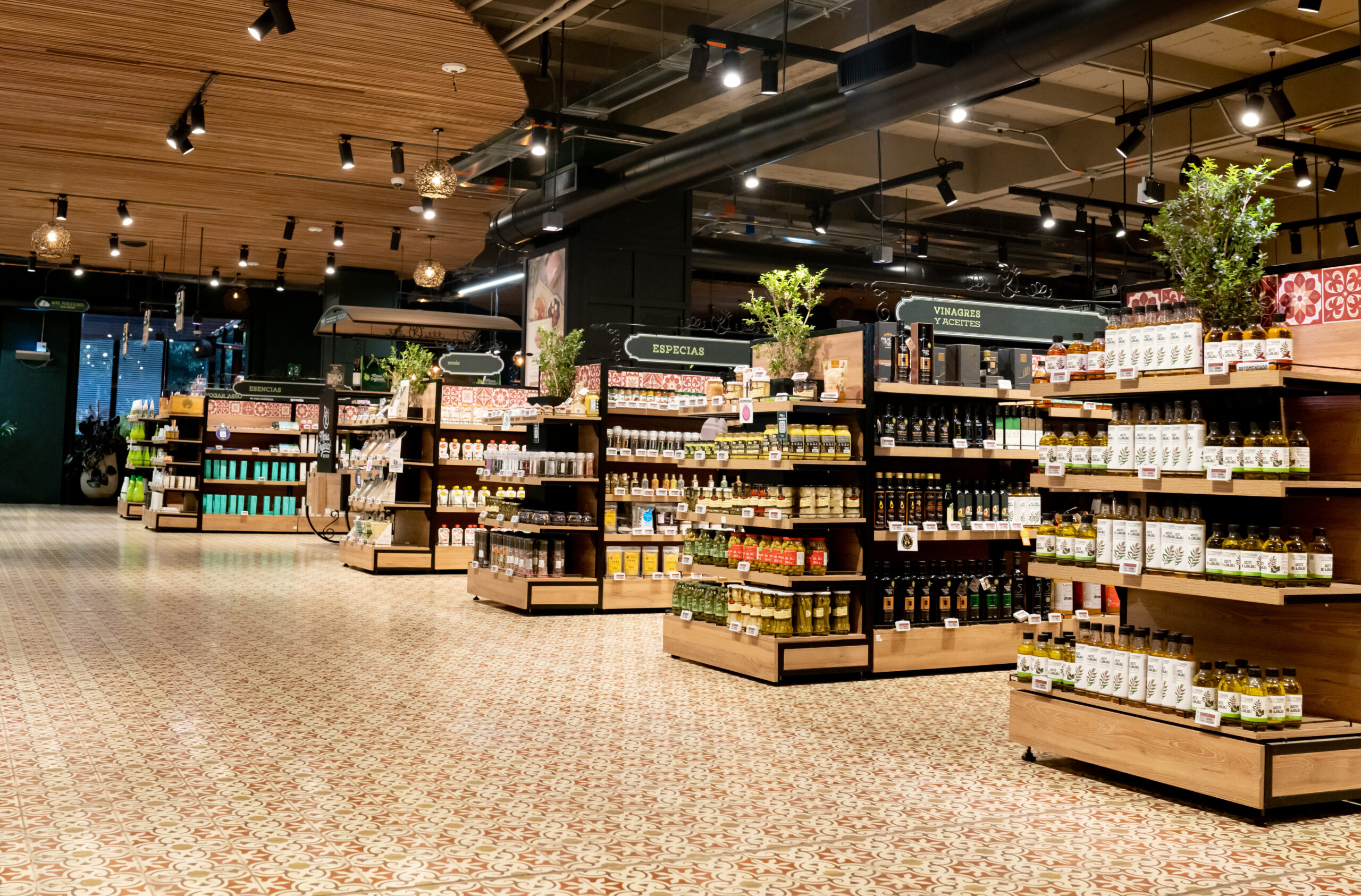It’s a crazy time for food, you guys. From drinks to desserts, today’s food scene is all about experimentation. I mean, we live in a world where things like cronuts and ice cream nachos have become the norm. Needless to say, it can feel like there’s a new hybrid something-or-another on the daily.
While these crazy inventions do keep things exciting, there’s nothing like the simplicity of the classics.
Think hamburgers, buffalo wings, and chocolate chip cookies. While these foods aren’t exactly trendy or “special,” they are super popular. It’s also difficult to imagine a world without them! Ketchup, for example, is one of the most frequently consumed condiments in the United States. And if it wasn’t for the tomato sauce’s conception, American cuisine would look very different.
One of the best ways to honor these popular foods is to learn about their origins.
Many of these foods stem from unexpected countries and cultures. In other cases, the food was created as a solution to a problem. Regardless, these stories emphasize just how influential food can truly be. So the next time you’re enjoying one of these popular foods, take a minute to appreciate their history. They came a long way to reach your plate!
Let’s look at 11 popular foods and how they came to be.
11. Hamburger

While the hamburger is an all-American classic, it was actually invented in 13th century central Asia.
According to NPR, Genghis Khan (yes, that Genghis Khan) and his army carried raw meat scraps under their saddles. The meat would tenderize as they galloped around and fought battles. When hunger hit, the horsemen would grab a patty of meat and eat up. Talk about a perfect road trip snack.
The modern hamburger, however, is thought to originate from Hamburg, Germany.
It stems from the “Hamburg steak,” or a patty made of salted beef and breadcrumbs. By the early 1800s, the beloved patty arrived in the United States as people emigrated from Hamburg. The rest, as they say, is history.
10. Caesar Salad

Contrary to popular belief, Caesar salad has nothing to do with Julius Caesar.
It also wasn’t invented in North America or Europe, where it’s served as a staple side dish. The salad was created in Tijuana, Mexico, by Italian-American restaurant owner Caesar Cardini. Allegedly, on a particularly busy weekend in 1924, his kitchen was running low on food. He decided to improvise and throw together a salad with whatever he could find.
Turns out, his inventiveness paid off.
The result was a simple, yet delicious, salad made of ingredients like romaine, croutons, Parmesan cheese, and boiled eggs. Today, you can find Caesar salad in almost every restaurant.
9. Nutella

Nutella, like Caesar salad, was a product of creativity and resourcefulness.
In 1946, after World War II, there was a shortage of cocoa. This prompted Pietro Ferrero, a pastry maker based in Piedmont, Italy, to concoct a paste with hazelnuts, sugar, and just a bit of cocoa. The paste could be sliced and eaten with bread, a treat known as Giandujot.
Giandujot was such a hit that it evolved into a paste known as SuperCrema.
In 1964, Ferrero’s son Michele improved the tasty concoction even further. The result was Nutella, a delicious hazelnut and cocoa cream that’s just as popular today.
8. Popsicles

If you love Popsicles, you can thank 11-year-old Frank Epperson of California.
In 1905, young Frank accidentally left a cup of water and powdered soda on his porch. The glass also had a stick for mixing. The sweet concoction froze overnight, so Frank released the ice pop by running it under hot water. He dubbed them “Episicles” and continued making them for his friends.
As a father, Frank also made the treats for his children, who convinced him to call the ice pops “Popsicles.”
It was a play on the word “Pop’s ‘sicles.” In 1923, Frank patented the Popsicle, and by 1925, he teamed up with Joe Lowe Company in New York to distribute the treat throughout country.
7. Buffalo Wings
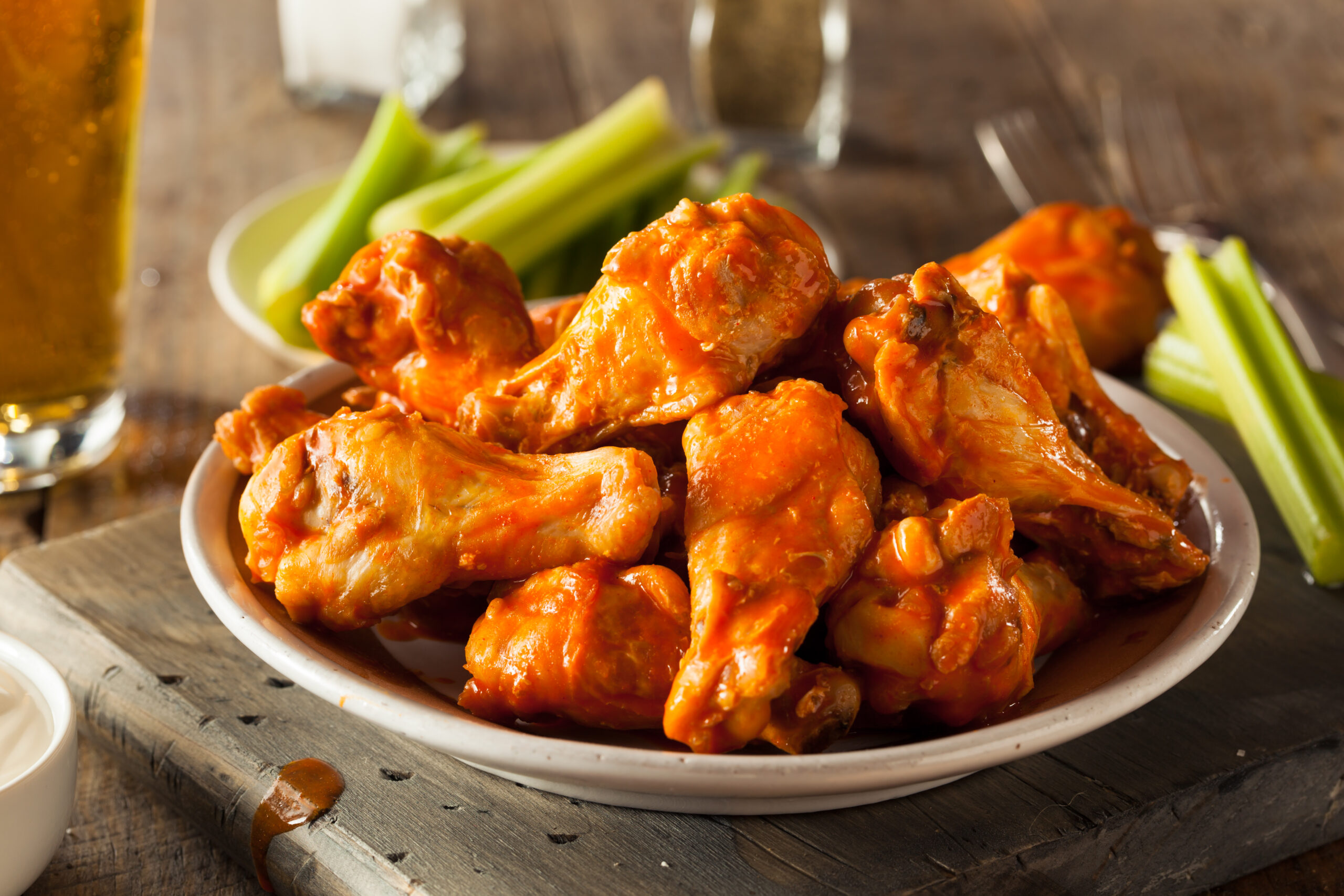
The buffalo wing’s origin can be traced back to a family-owned bar called Anchor Bar in Buffalo, New York.
It certainly explains the name and why they’re a staple bar food. Legend has it that Teressa Bellissimo, one of the owners, created the dish when her son Dominic requested a midnight snack. There wasn’t much in the kitchen, so she whipped up her own sauce. Next, Bellissimo tossed chicken wings in the sauce and served them with blue cheese and celery.
Why blue cheese and celery?
Well, that’s what she had on hand! Fast-forward to present day and you can find buffalo wings at countless bars, restaurants, and groceries.
6. Fanta

Despite its cheerful jingle and tropical vibes, Fanta has dark origins that may shock you.
Prior to 1941, Coca-Cola — an American-based company — supplied syrup to Coca-Cola GmBH, its German subsidiary. But after America joined World War II in 1941, Coca-Cola had to cut ties and stop providing syrup to their German counterparts. Without syrup, Coca-Cola GmBH had to improvise and use different ingredients.
As a result…
Max Keith, the company’s CEO, decided to use food manufacturing remnants like apple peels and whey. The finished product was Fanta, which became the official drink of the Nazi party.
5. General Tso’s Chicken
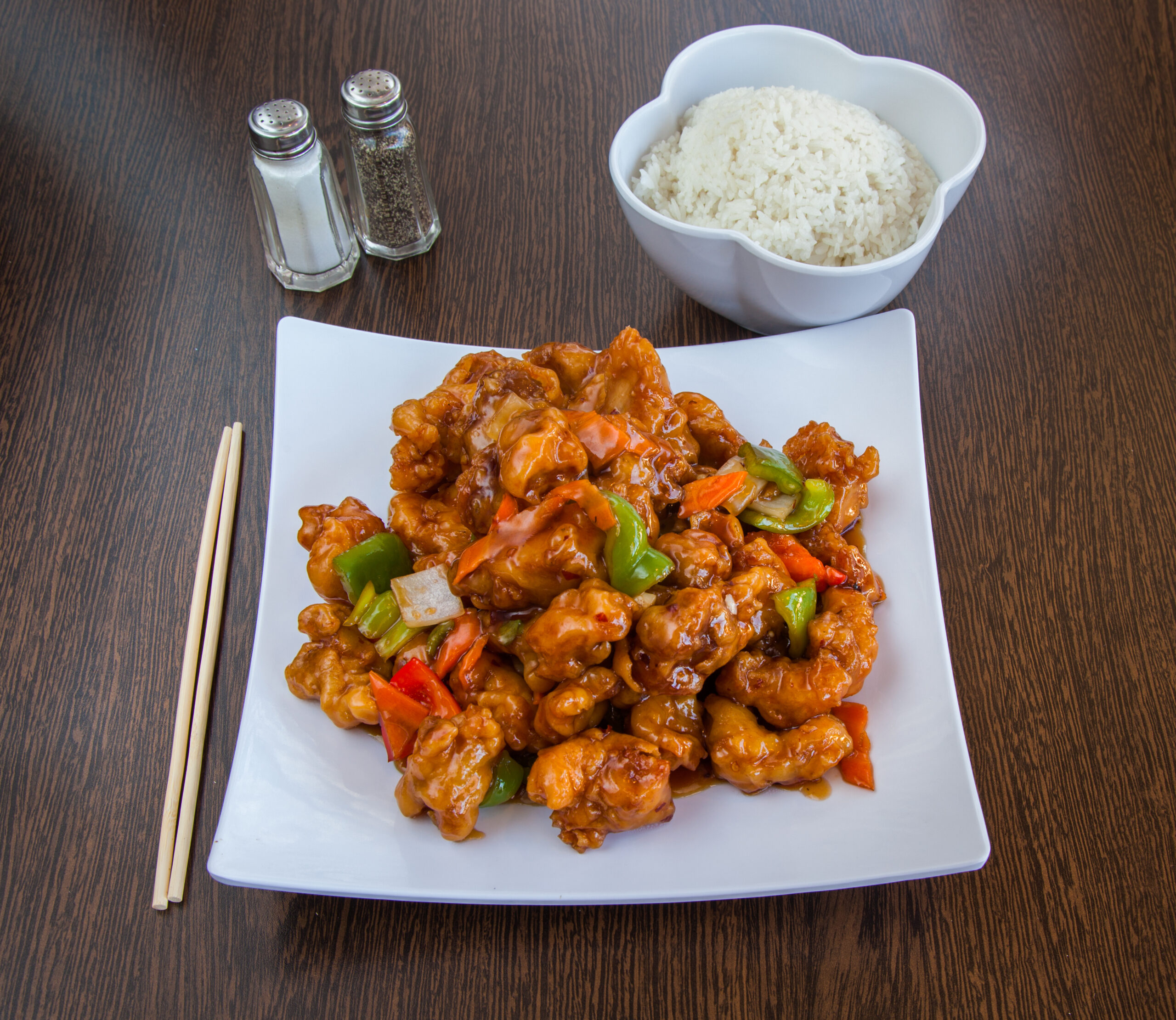
In America, you can find General Tso’s chicken at almost every Chinese-American restaurant.
But you might be surprised to learn that the dish doesn’t hail from China. It was actually created by Peng Chang-kuei, a renowned chef from the Hunan province, at his restaurant in Taiwan. (Hunan is located in south central China; Peng left for Taiwan in 1949 after the Communists took over.)
While Peng’s original General Tso’s chicken isn’t traditional Hunanese food, it was inspired by traditional Hunanese flavors: salty, sour, and hot.
Peng changed the recipe and added sugar when he started cooking for non-Hunanese folks in the United States. Today, most versions of General Tso’s are just as sweet, if not sweeter.
4. Chocolate Chip Cookie
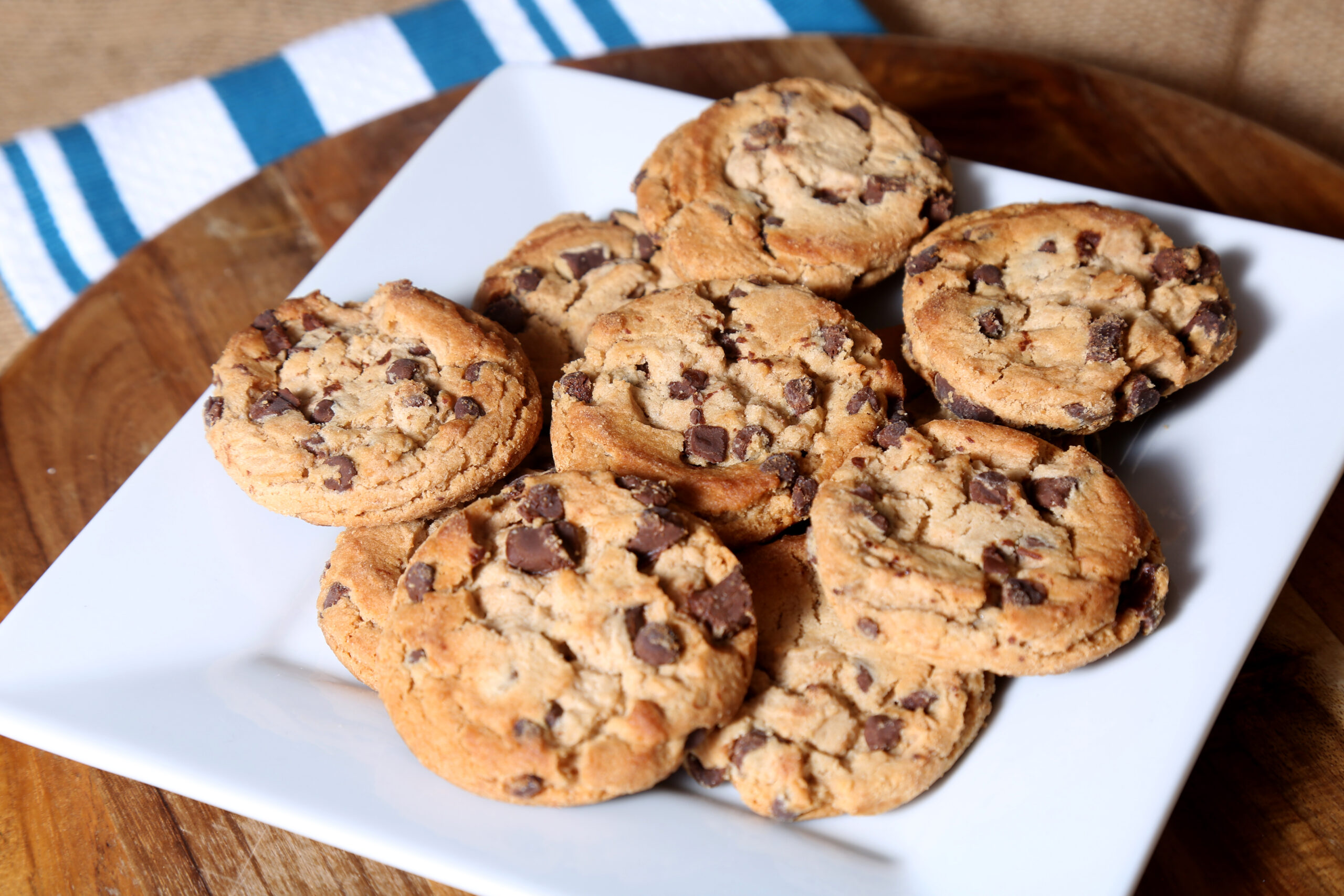
In 1930, the famous chocolate chip cookie came to life at the Toll House Inn in Whitman, Massachusetts.
Ruth Graves Wakefield ran the inn with her husband, Kenneth. Ruth, who was known for her delicious desserts, began to make Chocolate Butter Drop Do cookies for the guests one day. The treat was a popular colonial recipe that called for Baker’s chocolate. The only problem? Ruth didn’t have Baker’s chocolate on hand.
Instead, she decided to cut up a block of Nestle semi-sweet chocolate.
So, rather than melting and melding with the dough, the semi-sweet chocolate held its form. And just like that, the chocolate chip cookie (originally known as Chocolate Crunch Cookie) was born.
3. Ketchup
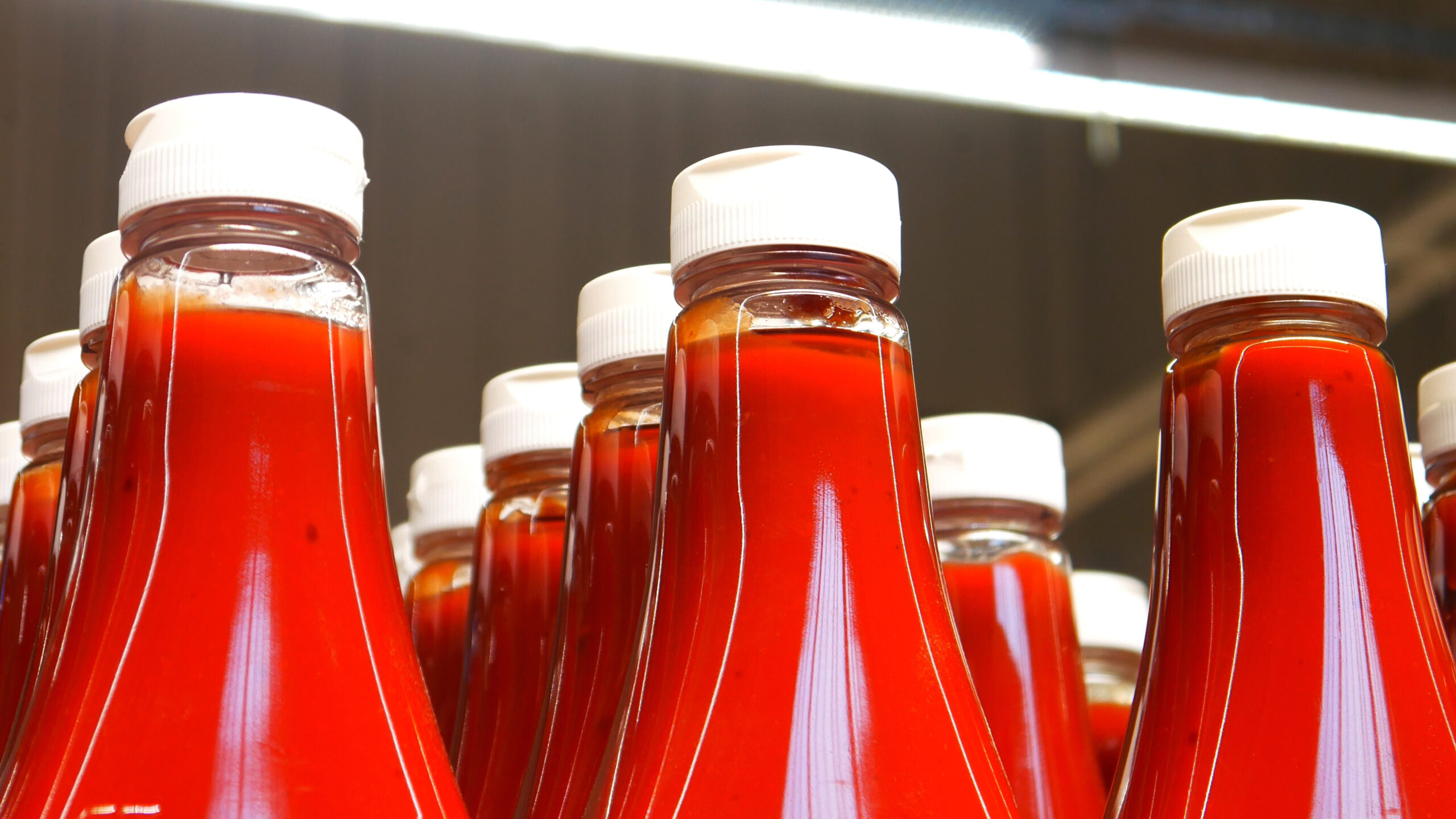
While ketchup is a staple in American cuisine, the popular condiment has its roots in 6th century southern China.
It began as a salty fermented sauce made of fish parts and salt. (For the record, ketchup doesn’t need to have tomatoes to be called ketchup.) The condiment was also called “koe-cheup” or “ge-thcup” in the Southern Min dialect. In the early 1700s, the British learned about the salty sauce along trade routes to the Philippines and Indonesia.
They loved it so much that they made their own versions with ingredients like oysters, mushrooms, and peaches.
By 1812, tomato ketchup was introduced, and the world of condiments has never been the same.
2. Cheesecake
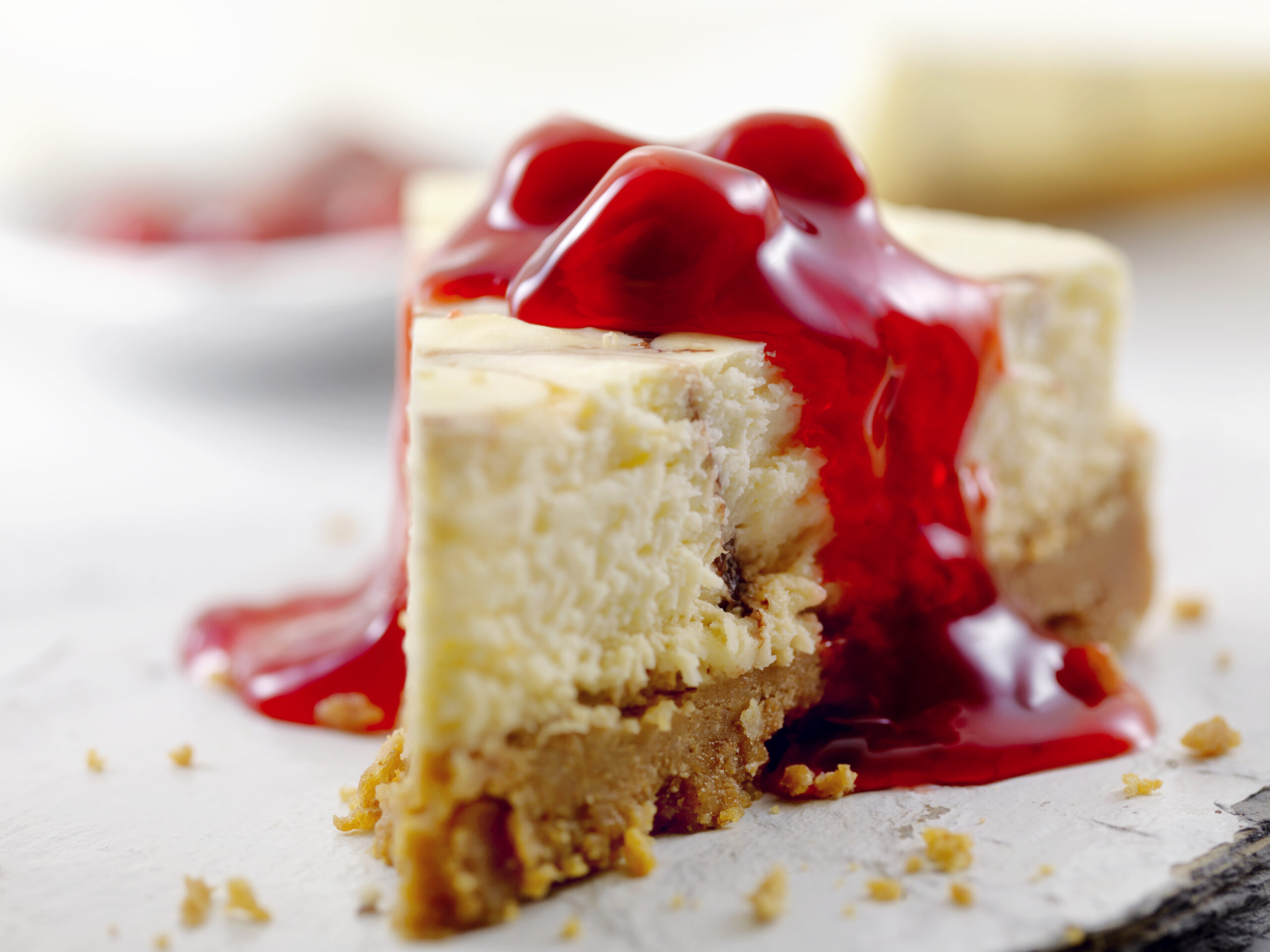
Sorry, New Yorkers… but cheesecake wasn’t born in the Big Apple.
According to The National Herald, the ancient Greeks were all about cheesecake. Archeologists have found evidence of cheese molds from 2,000 B.C. Mini cheesecakes were also served to athletes at the first ever Olympics in 776 B.C. They ate cheesecakes for energy, much like modern athletes eat energy bars.
Meanwhile, the earliest recorded recipe for cheesecake is from 230 AD. It was written by Athenaeus, a Greek author and grammarian.
1. Breakfast Sandwich
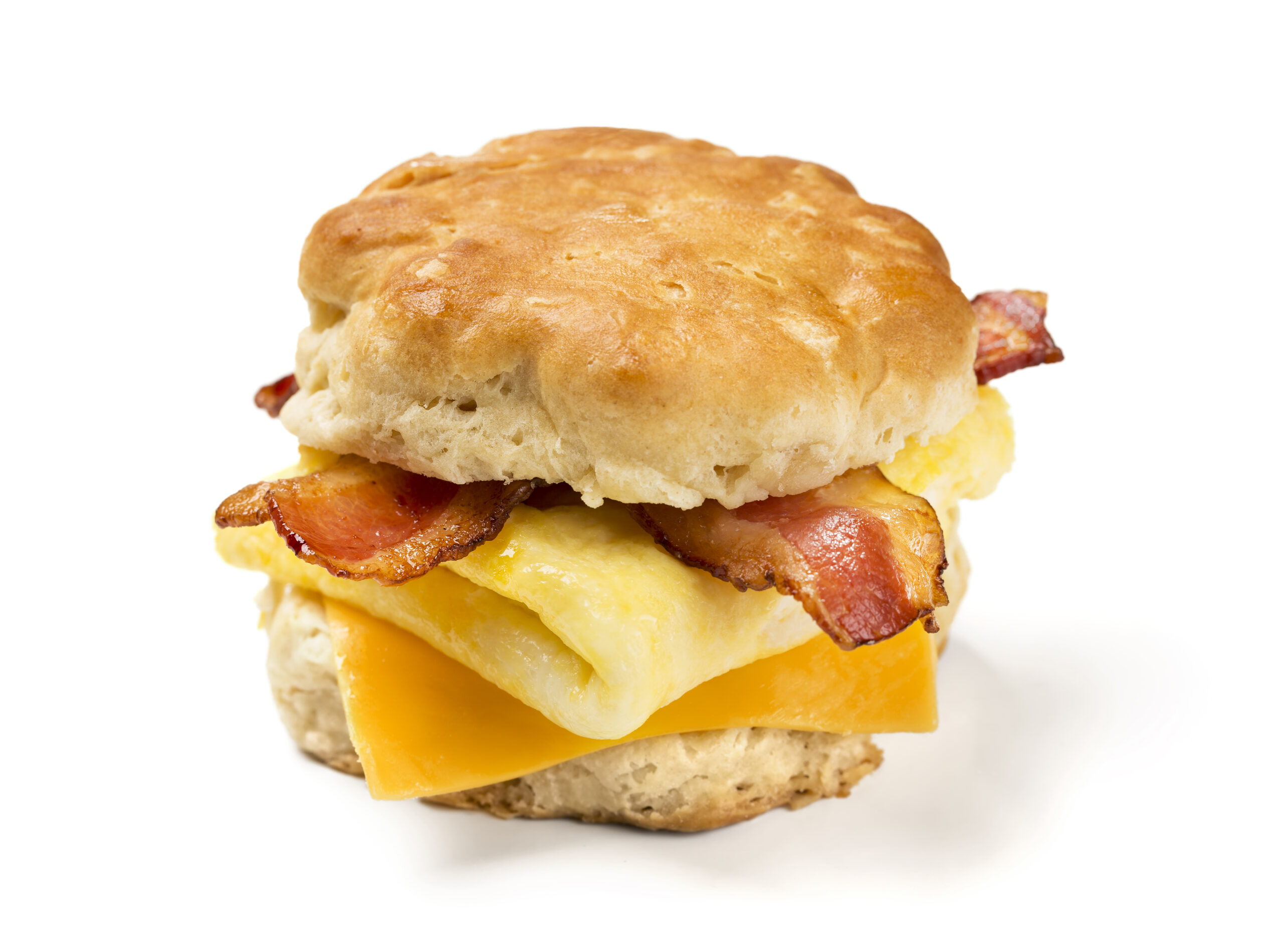
While the breakfast sandwich is often associated with American delis and fast food joints, its story began in 19th century London.
According to Huffington Post, breakfast sandwiches were the go-to breakfast of London factory workers. The sandwiches consisted of soft rolls (called bap) filled with egg and meat. Sausage and bacon were common choices, but sometimes, nothing more than sausage grease was used.
When the Industrial Revolution picked up in the States, breakfast sandwiches became a staple of American factory workers too.
Now that you know about the origins of these popular foods, something tells us you’ll appreciate them that much more.






